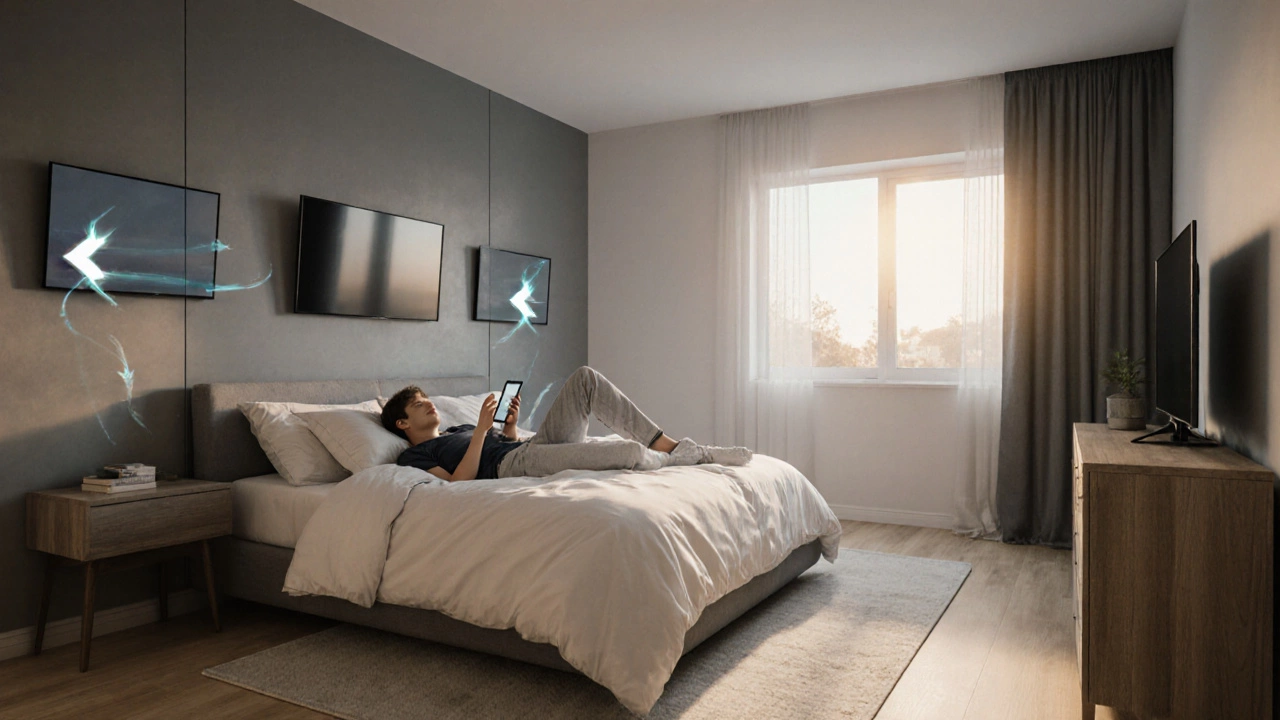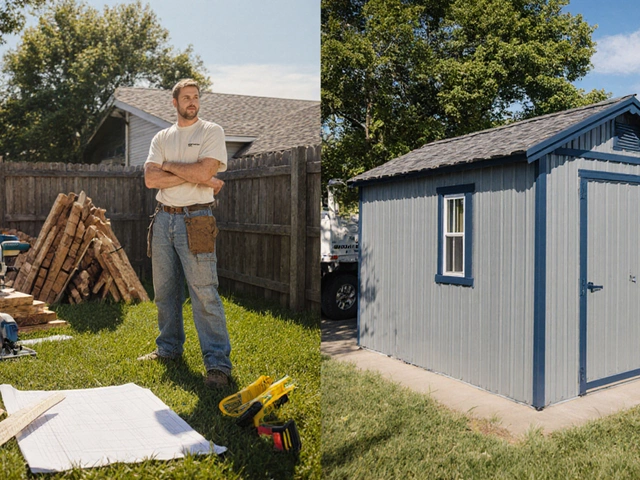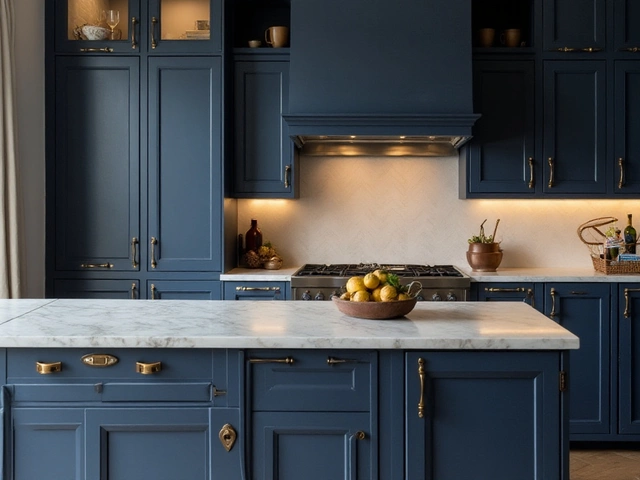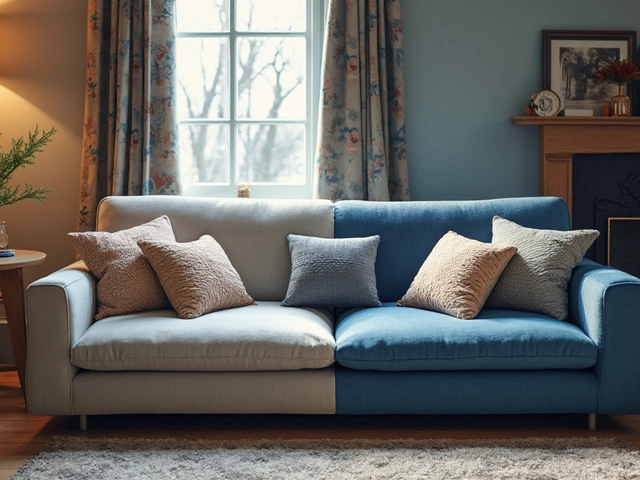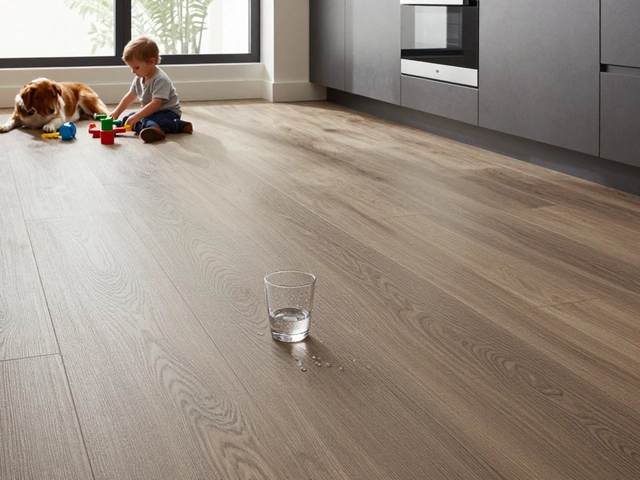Best TV Position Bedroom – Find the Perfect Spot for Your TV
When planning the Best TV Position Bedroom, the ideal spot to place a television in a bedroom for comfortable viewing, safety, and style. Also known as TV placement in bedroom, it blends function with aesthetics so you can unwind without straining your neck.
The first thing to consider is the Bedroom Layout, the overall arrangement of furniture, walls, and traffic flow in the sleeping space. A well‑thought‑out layout creates a clear line of sight from the bed to the screen, keeps pathways free, and prevents the TV from dominating the room. For example, if your bed sits against a solid wall, mounting the TV on that wall often yields a natural focal point. If the bed faces a window, you may need to think about glare and choose a side wall instead. The layout also influences whether a stand‑up TV or a wall‑mounted unit works best.
Next up is the Viewing Angle, the angle at which the screen is seen from the primary seating position, usually the bed. Studies show that angles beyond 30 degrees cause color shift and eye strain, so you want the screen centered within that sweet spot. Measure the distance from the headboard to the TV and tilt the screen slightly upward if the TV is lower than eye level. If you share the bed with a partner, aim for a middle ground that satisfies both sides. Getting the angle right not only improves picture quality but also reduces the temptation to keep the TV on the nightstand where it can be bumped.
How the TV stays up matters too. Wall Mounting, the method of attaching a television directly to a wall using brackets or a full‑motion arm offers flexibility and saves floor space. A fixed mount keeps the screen flush, ideal for a minimal look, while an articulating arm lets you swing the TV away from the wall for cleaning or to adjust the angle. Make sure the wall can support the TV's weight and follow local building codes for safety. If you can’t mount, a low‑profile TV stand placed on a sturdy nightstand or dresser works, but keep it anchored to prevent tipping.
Lighting, Safety, and Extras
Even the best placement can fall flat under harsh lighting. Soft, indirect lighting reduces glare and creates a cozy ambience. Position bedside lamps or LED strips behind the headboard to add depth without shining directly on the screen. If you have large windows, consider blackout curtains or blinds that you can close for movie nights. Safety goes hand‑in‑hand with placement: keep cords out of walkways, use cable covers, and ensure the TV doesn't overheat by leaving breathing space behind it.
Sound is another piece of the puzzle. A TV placed too close to a wall may cause bass to boom, while a more central position can balance audio. If you use a soundbar, place it directly beneath the screen for even distribution. For larger rooms, add a pair of bookshelf speakers on either side of the TV, ensuring they don’t obstruct the viewing angle.
Putting all these pieces together creates a cohesive solution: the best TV position bedroom blends the right layout, optimal viewing angle, secure mounting, and thoughtful lighting. You’ll end up with a spot that feels natural, looks great, and lets you enjoy your favorite shows without hassle. Below you’ll find a curated collection of articles that dive deeper into each of these aspects, from DIY mounting guides to lighting tricks, so you can fine‑tune every detail of your bedroom TV setup.

